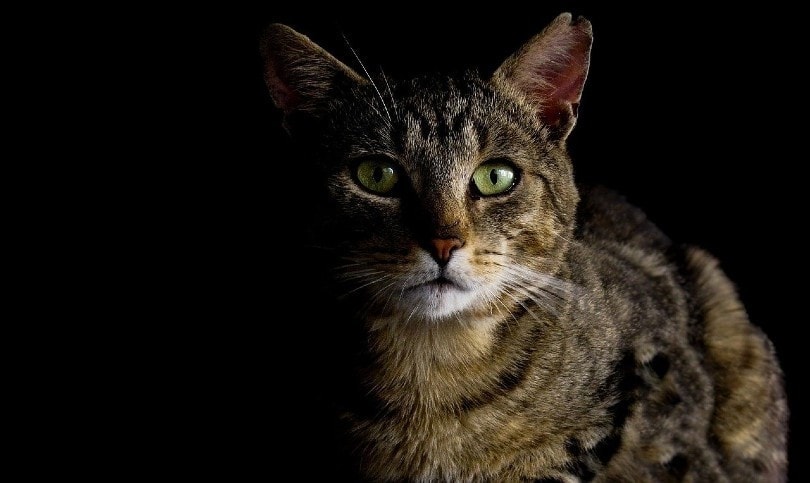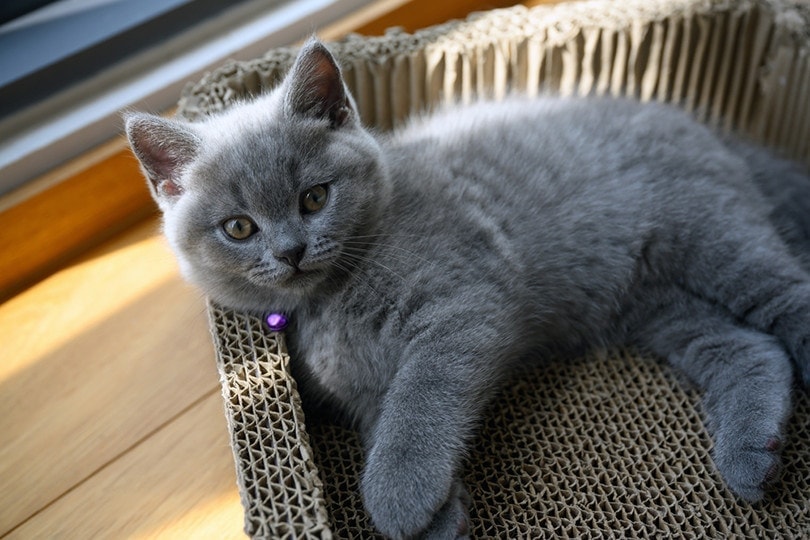Polydactyl Cats – Facts, Personality, and Care Guide
By Luxifa Le
Updated on
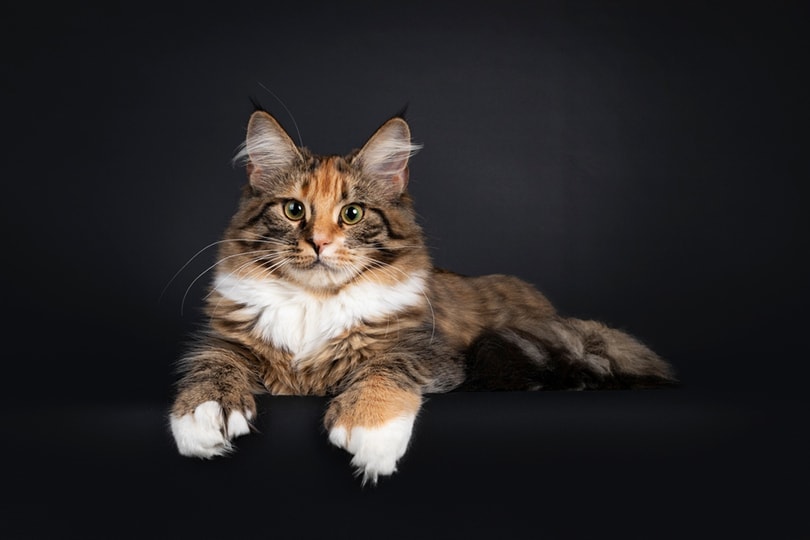
There are dozens of breeds of cats in the world, and one breed that is considered striking and memorable is the Polydactyl cat. The Polydactyl cat is sometimes referred to as “mitten cats,” “thumb cats,” or “Boston thumb cats.” But, what exactly are they? How are they different from other cats? And what makes them so interesting? Polydactyl cats have extra toes on either the front or back feet.
If you are curious to learn about Polydactyl cats, continue reading this article.
What Is a Polydactyl Cat?
The word “polydactyl” is made up of the Greek roots “poly,” meaning “many,” and “dactyl,” meaning “digits” (referring to the fingers and toes). Polydactyl cats have a genetic abnormality known as “polydactyly,” which, as you may have guessed, means they have an excess number of digits. The average cat has 18 toes, five on each forepaw and four on each back paw. Polydactyl cats have extra toes on either the front or back feet.
Polydactyly most commonly affects the forepaws, sometimes the back paws, but only very rarely affects the rear feet. Polydactyl cats can have excess toes unevenly distributed over the paws, meaning they can have six toes on one paw and seven on the other.
There’s no definitive cause for polydactyly. However, mutations to the ZRS, the genetic enhancer that regulates limb expression, have been noted in many — but not all — Polydactyl cats.
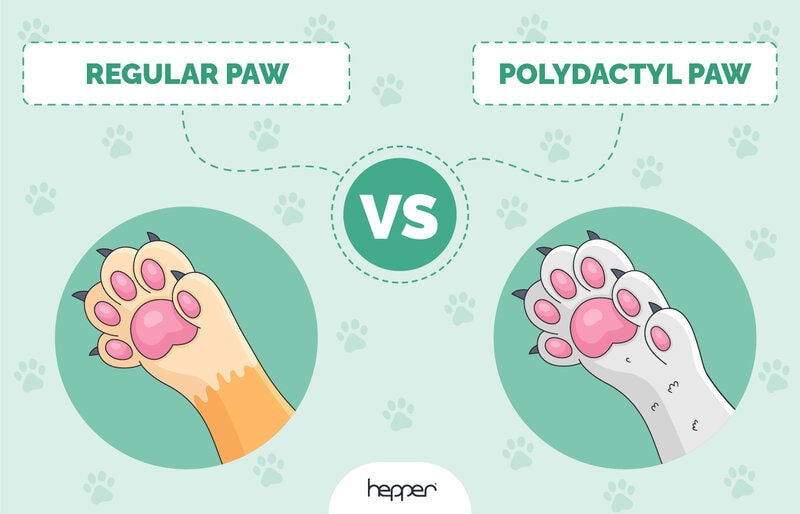
Where Are Polydactyl Cats From?
It’s not completely clear where Polydactyl cats originate from. They are most common on the East Coast of North America (both the United States and Canada) and South West England and Wales.
There are two recognized breeds of Polydactyl cats, the American and Canadian. However, these cats are present in Europe as well, especially in South West England and Wales.
Polydactyl Cats in Culture
Sailors used to think that Polydactyl cats were good luck and would protect their ships. So, they were trendy ships’ cats. In addition to being lucky, they believe their extra toes made them more agile and better mousers.
This may explain how the Polydactyly feature became so widespread over the world. Sailors would bring cats with them to other nations, where they would breed and spread the Polydactyly genetic code to the cats in that area.
Additionally, Ernest Hemingway was gifted a six-toed cat and fell in love with Polydactyl cats. He amassed so many Polydactyl cats that the genetic mutation became synonymous with his name, and they are sometimes called “Hemingway cats.”
In the modern-day, Ernest Hemingway’s house has become a museum and home and sanctuary for the descendants of his cats. About 50 cats live in the museum, and nearly half of those cats have polydactyly.
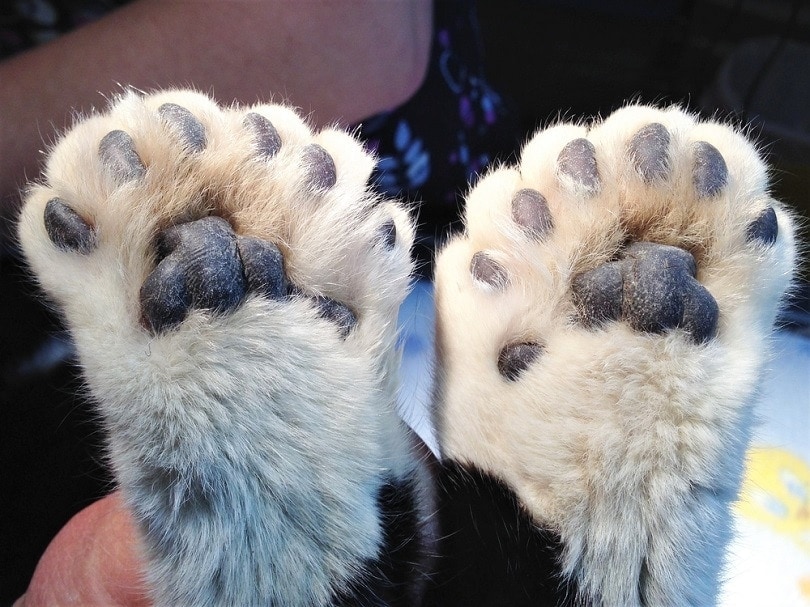
Do Polydactyl Cats Have Unique Care Needs?
Polydactyl cats don’t have any particularly unique care needs compared to other cats. They’re mostly pretty standard, except for nail trims. Nail trims are essential for Polydactyl cats. If you don’t trim your Polydactyl cat’s nails often enough, the nails may overgrow into the pads of the foot. This may require the nail to be surgically removed from the pad in severe cases.
This is especially true of Polydactyl cats who have extra toes that are underdeveloped and growing in between fully developed toes. The claws on these toes will not naturally be sharpened and maintained by the cat’s usual activities and will need to be maintained by their owner, or they could harm the cat.
There are no unique health risks associated with polydactyly in cats besides the fact that the extra toes may grow at odd angles and run the risk of clashing with the rest of the foot. Polydactyl cats also have an average lifespan for cats.
Does Polydactyly Cause Pain?
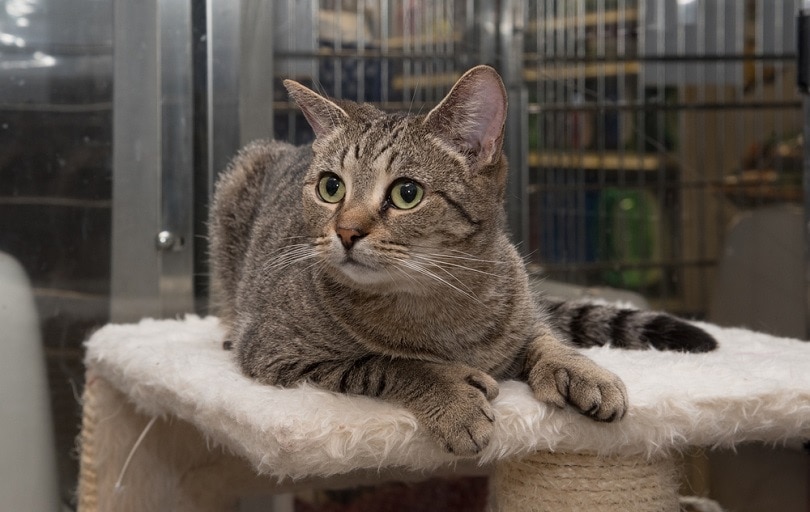
There is no inherent pain associated with polydactyly. However, some Polydactyl cats have a comorbid condition called feline radial hypoplasia which can cause twisted limbs and pain. Luckily, this condition is considered rare, even in Polydactyl cats.
Are Polydactyl Cats More Friendly?
We aren’t sure where the myth that Polydactyl cats are more friendly comes from. They have no distinguishing personality traits that make them different from other cat breeds. Like most other cat breeds, their personality is individual and based more on the cat you have than the breed they belong to.
How Much Do Polydactyl Cats Cost?
The price of Polydactyl kittens varies wildly between breeders. There is not much oversight in breeding cats, to begin with, and Polydactyl cats are a relatively newly recognized “breed.” The price can vary from $600 to upwards of $1,300 depending on the cat’s other markings and the breeding quality.
The other deciding factor when it comes to how much your kitten will cost is the breed of the cat. While Polydactyl cats have become popular amongst cat lovers worldwide, this breed isn’t so much a breed as a sub-breed of every other species of cat.
Any cat of any breed can present with Polydactyly. So, you’ll need to find a kitten that matches your price range in terms of the species as well as toes.
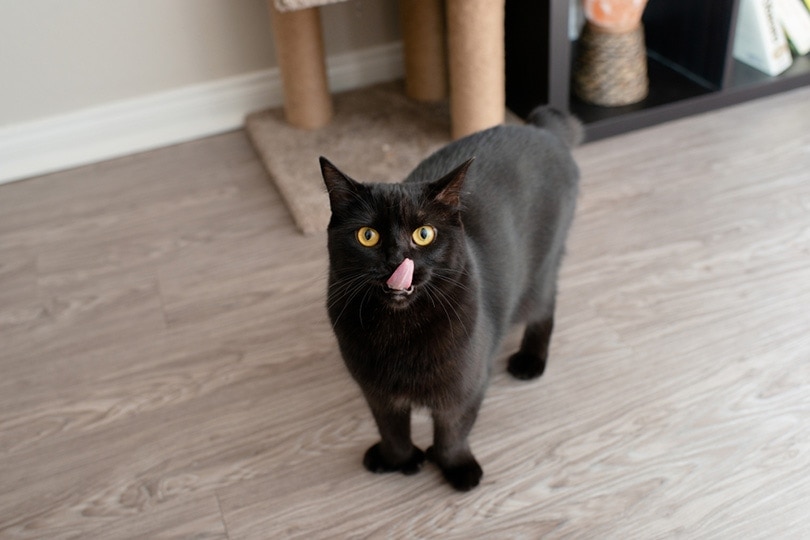
Is Polydactyly the Result of Inbreeding?
Polydactyly is not associated with inbreeding (with, perhaps, the exception of Ernest Hemingway’s colony because of their closed-circuit environment). Polydactyly is a recessive gene present in cats and much of the animal kingdom, including humans. The exact mechanisms that cause Polydactyly aren’t fully understood, but it’s safe to say that you don’t have to worry about your cat being inbred because they have extra toes.
Final Thoughts
Polydactyl cats have captured hearts worldwide with their big, silly paws and cute faces. It’s hard not to fall in love with their personalities, and their extra toes seem just to accentuate all the things that make them so lovable. If you, like Ernest Hemingway, have found yourself head-over-heels for these unique cats, you can find a Polydactyl cat of almost any breed out there! If you’re as enamored with these beauties as we are, you’ll be able to find the perfect cat to bring home!
Featured Image Credit: Nynke van Holten, Shutterstock



